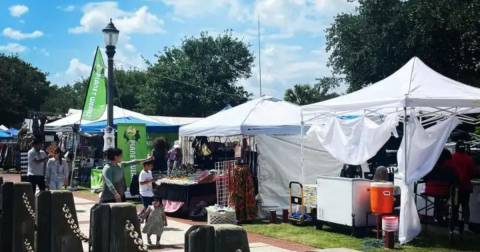You'll Be Shocked To Learn Why These Metal Hooks Were Placed Next To Graves In South Carolina
Some say it’s the “little things in life that matter the most.” But for some South Carolinians in the 19th century, it was the “little things in death” that mattered the most.
In the 1800s, being buried alive was a real possibility. Medical science had yet to be able to always declare someone absolutely dead. This fueled a fear in people who were terrified of being buried alive.
That is, until someone invented the “safety coffin….”
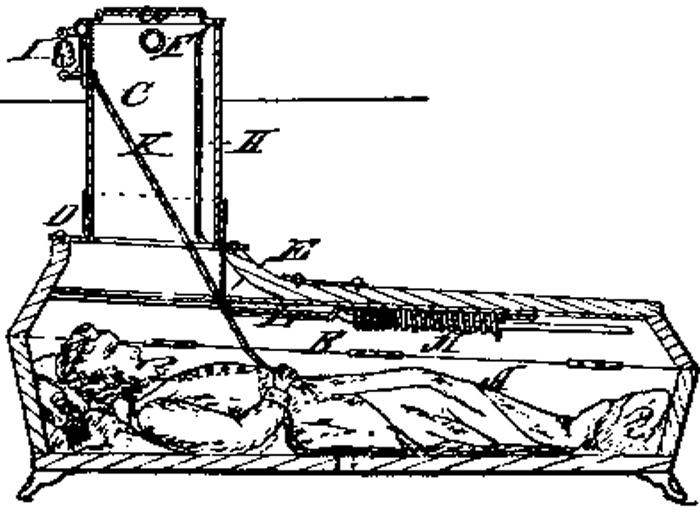
Ever hear the phrase "Saved by the bell?" What about "dead ringer?" A device patented by Franz Vester of Newark, NJ in 1868 helped to prevent people from being buried alive. It was called an "Improved Burial Case."
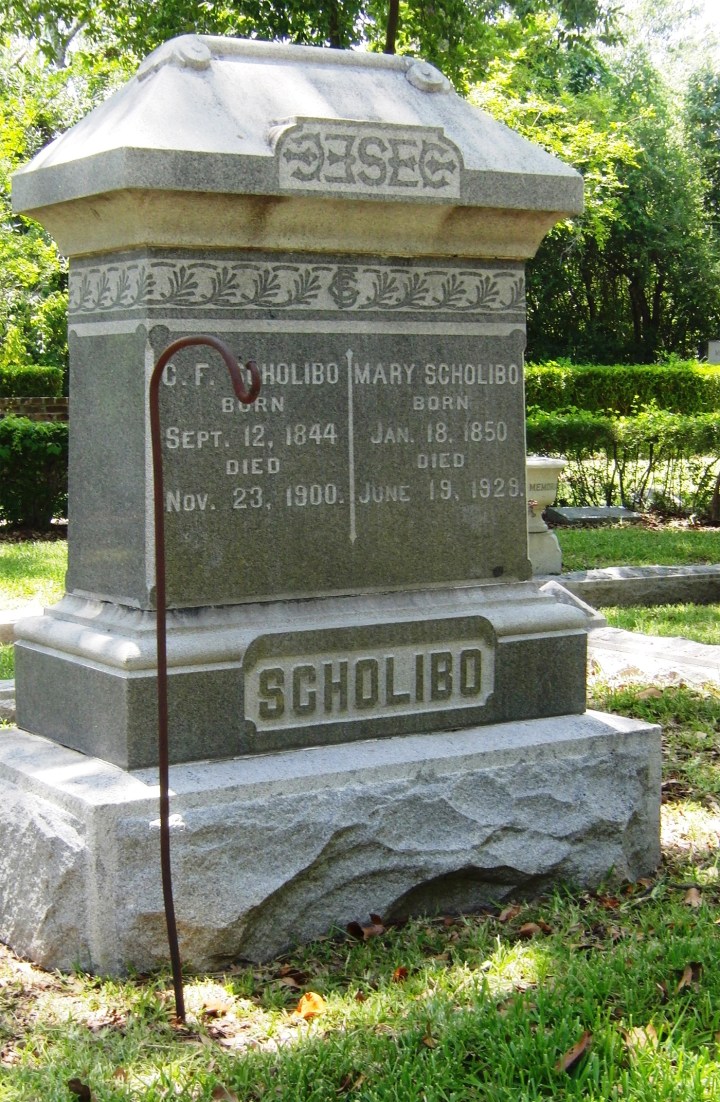
It was rigged with a piece of rope that would be tied around the deceased person's wrist. The other end was attached to a bell that was on a bell hook either at the head or foot of the grave.
Advertisement
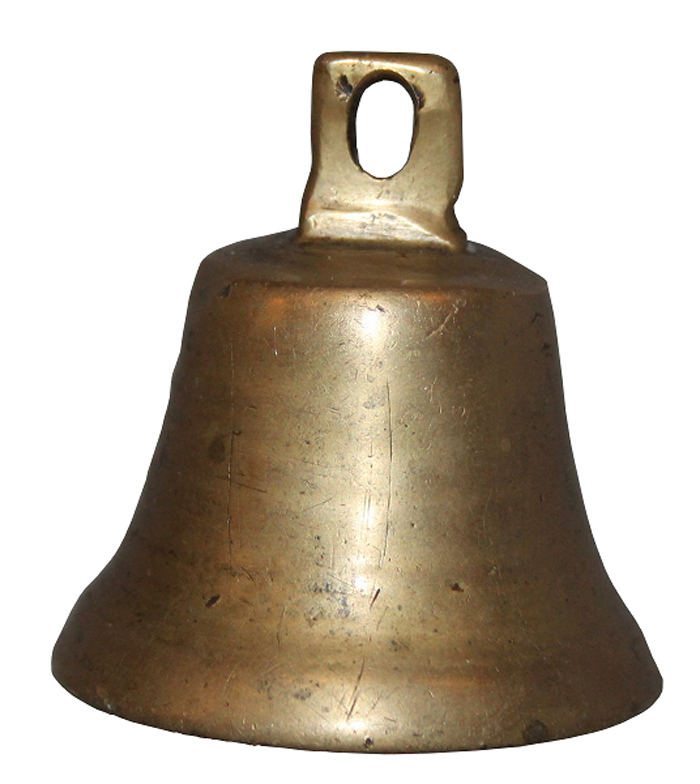
This way, if the person woke up, they only had to ring the bell and someone would know they were still alive.
Taphophobia, the fear of being buried alive, is a real thing. And in the Victorian era it wasn't uncommon and it was perfectly legitimate. There are various instances in history where people were buried alive.
Taphophobia, the fear of being buried alive, is a real thing. And in the Victorian era it wasn't uncommon and it was perfectly legitimate. There are various instances in history where people were buried alive.
Advertisement
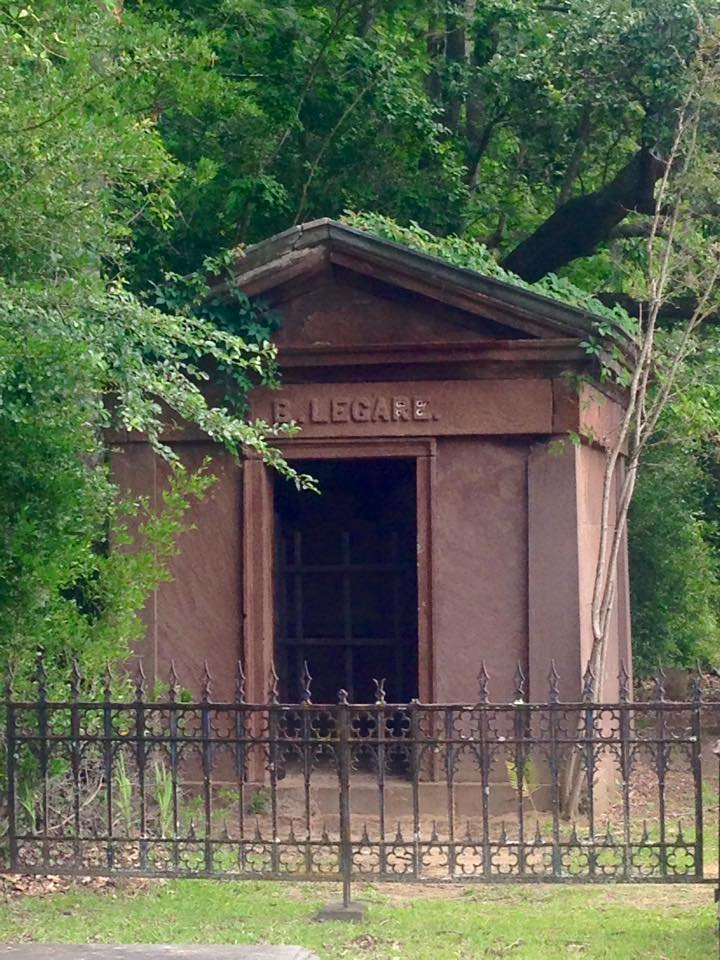
Reportedly, on Edisto Island, the young Julia Legare became ill in 1852 and died. She was placed in the family mausoleum the same day. Years later, the family lost another member. When they opened the tomb to place the newly deceased family member in there, they discovered Julia's bones in a pile by the door - still wrapped in the clothing in which she was buried. Julia had been buried alive.

It was no wonder that families who could afford the luxury would go to great lengths to assure there was a safety measure in place for their loved ones. All sorts of unknown illnesses were easily spread, so when someone died they were often buried right away to prevent anyone else from becoming sick. Having a safety bell or a safety coffin offered reassurance that loved ones would not be buried alive.
It's very rare today to find a safety bell or a hook that held the bell in a public cemetery in South Carolina. Perhaps they were removed from the gravesite after a certain period of time, or they were taken by vandals.
We found this video of a safety bell someone created to demonstrate how a safety coffin would have worked in the 19th century.
It's very rare today to find a safety bell or a hook that held the bell in a public cemetery in South Carolina. Perhaps they were removed from the gravesite after a certain period of time, or they were taken by vandals.
We found this video of a safety bell someone created to demonstrate how a safety coffin would have worked in the 19th century.
Have you ever heard of a safety bell or seen a hook in a South Carolina cemetery? We’d love to know!
OnlyInYourState may earn compensation through affiliate links in this article. As an Amazon Associate, we earn from qualifying purchases.


